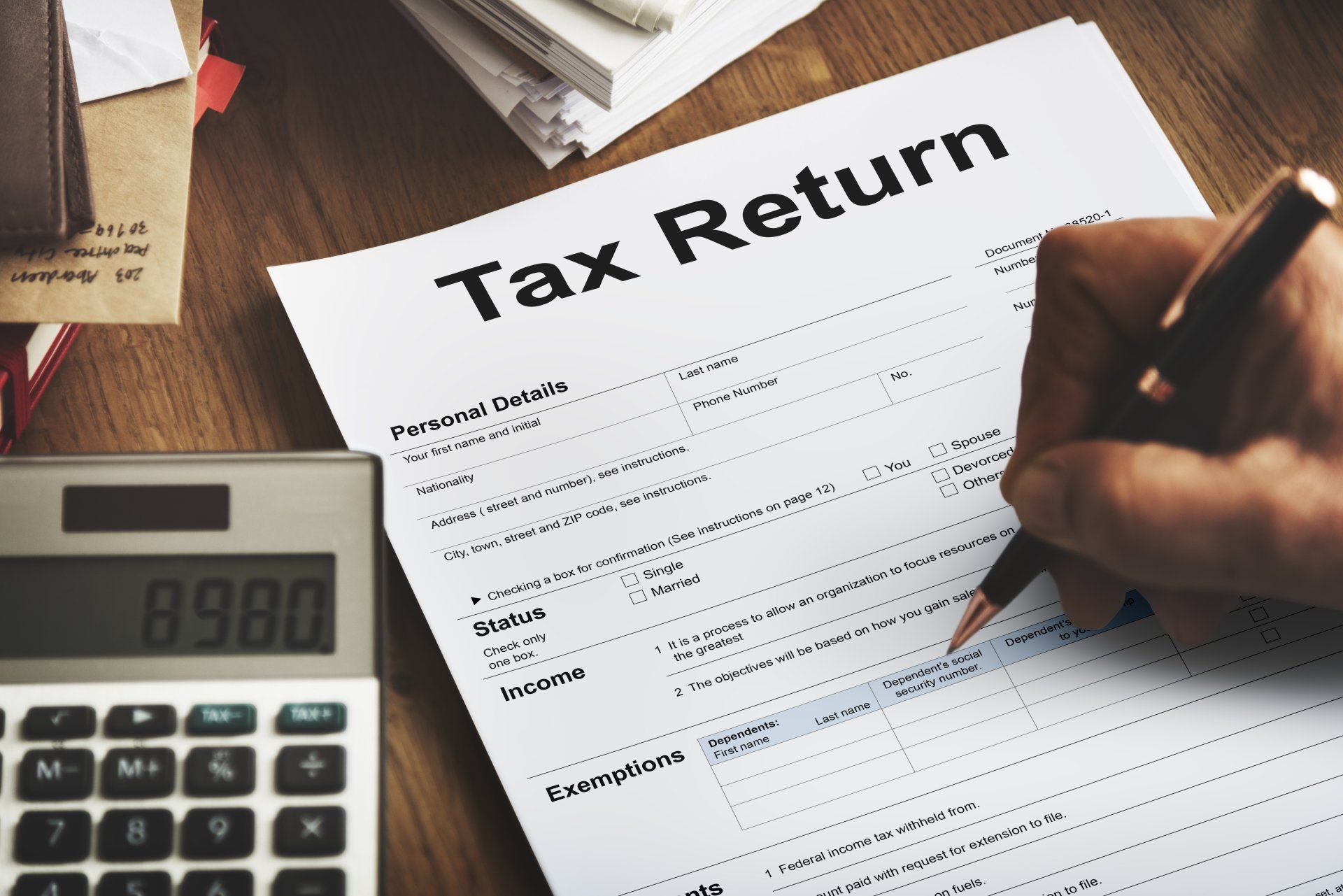Home Office Deduction for Telecommuters

by Gregory S. Dowell
December 15, 2017
If you’re an employee who “telecommutes”-that is, you work at home, and communicate with your employer mainly by telephone, e-mail, fax, electronic data transfer, express mail services, etc., you should know about the strict rules that govern whether you can deduct your home office expenses.
You may deduct your home office expenses if your home office is for the convenience of your employer (see below), and if you meet any of the three tests described further below: the separate structure test, the place for meeting patients, clients or customers test, or the principal place of business test.
If you do qualify, you may compute your home office deductions (described below) on a special worksheet. You report the expenses on Schedule A as below-the-line miscellaneous itemized deductions that are deductible only to the extent that they (together with all other miscellaneous itemized deductions) exceed 2% of your adjusted gross income.
Convenience of the employer requirement – The convenience of the employer requirement is satisfied if:
- you maintain your home office as a condition of employment-in other words, if your employer specifically requires you to maintain the home office and work there;
- your home office is necessary for the functioning of your employer’s business; or
- your home office is necessary to allow you to perform your duties as an employee properly.
The convenience of the employer requirement means that you must maintain your home office for your employer’s convenience, and not for your own. This requirement isn’t satisfied if your use of a home office is merely “appropriate and helpful” in doing your job.
Under the above rules, if your employer requires you to telecommute, and doesn’t make on-premises office space available for you, your maintenance of a home office for telecommuting will probably be treated as for the convenience of the employer. Otherwise, it’s not clear whether your home office will be treated as satisfying this requirement. Therefore, if you can, you should get your employer to put in writing that it’s a requirement of your job to work from an office in your home.
Separate structures – You may deduct the costs of a separate structure used as a home office that is not attached to your “dwelling unit.” In other words, the “separate structure” must be an unattached structure on the same property as your home-for example, an unattached garage, artist’s studio, workshop, or office building. To qualify for the deduction, the separate structure must be used exclusively and on a regular basis in connection with your activities as an employee. In addition, you must maintain the home office in the separate structure for the convenience of your employer.
Home office used for meeting patients, clients, or customers – Alternatively, you may deduct your home office expenses if you use a home office, exclusively and on a regular basis, and for the convenience of your employer, to meet or deal with patients, clients, or customers of your employer in the normal course of your duties as an employee.
Principal place of business – In addition, you may deduct your home office expenses if you use your home office, exclusively and on a regular basis, as the principal place of business for your work as an employee, and if you maintain the home office for the convenience of your employer.
While there have been many disputes between IRS and taxpayers about whether taxpayers’ home offices qualified as their principal places of business, a telecommuter should have no problem establishing that the home office is his or her principal place of business, if the telecommuter does the most important part of his or her work in the home office, and spends most of his or her work time there.
Exclusive and regular use requirements – As noted above, whether the home office is in a separate structure or is a principal place of business (which doesn’t have to be in a separate structure), the home office must be used exclusively and on a regular basis in connection with your work as an employee.
The exclusive use requirement means that you must use your home office solely for the purpose of carrying on your work as an employee. Any other use of the home office will result in loss of all deductions for your home office expenses.
For example, if you work in a spare bedroom that contains your desk, computer, fax, files, etc., and if you don’t use that bedroom for anything but your work, that room passes the exclusive use test. But if you also use the room to sleep occasional overnight guests, it fails the exclusive use requirement. And if you use the room exclusively for work during your regular workday, but the room reverts to other uses at nights and/or on weekends, it also fails the exclusive use test.
The regular basis requirement means that you must use the home office in carrying on your business on a continuous, ongoing or recurring basis. Generally, this means a few hours a week, every week. A few days a month, every month, may do the trick. But occasional, “once-in-a-while” business use won’t do.
To help your home office satisfy the exclusive and regular use tests, you might try removing non-business furniture and fixtures, not letting guests use your home office, keeping the kids out, etc.
What you get if you qualify for home office deductions – If your home office is your principal place of business under the rules noted above, the costs of traveling between your home office and other work locations in the same trade or business, regardless of whether the other work location is regular or temporary, and regardless of its distance, are deductible transportation expenses, rather than nondeductible commuting costs.
If your use of your home office qualifies under any of the above rules, you may take business expense deductions for the following:
1 – the “direct expenses” of the home office-e.g., the costs of painting or repairing the home office, depreciation deductions for furniture and fixtures used in the home office, etc.; and
2 – the “indirect” expenses of maintaining the home office-e.g., the properly allocable share of utility costs, depreciation, insurance, etc., for your home, as well as an allocable share of mortgage interest, real estate taxes, and casualty losses.
Amount limitations on home office deductions – The amount you may deduct as home office expenses is subject to limitations based on the income attributable to your use of the home office, your residence-based deductions that aren’t dependent on use of your home for business (e.g., mortgage interest and real estate taxes), and your business deductions that aren’t attributable to your use of the home office.
Example: Say your home office occupies 20% of the space in your home. This year, your salary (earned entirely from your work in the home office) is $50,000. The mortgage and real estate taxes on your home total $20,000, $4,000 of which is allocable to the home office. You have $10,000 of additional home office expenses (depreciation, utilities, etc.). And you have $5,000 of expenses that aren’t attributable to the use of your home office (supplies, express mail charges, copying charges, etc.). To figure out whether you can deduct your home office expenses, you first subtract the home- office portion of the mortgage and real estate taxes, $4,000, from your salary. This leaves you with $46,000. Then, from this, you subtract your expenses that aren’t attributable to your use of the home office, $5,000. This leaves you $41,000. If this figure exceeds the amount of your remaining home- office expenses, here $10,000, you can deduct all of those expenses. If this figure is less than your remaining home- office expenses, your deduction is limited. For example, if your remaining home- office expenses were $45,000 instead of $10,000, you’d only be able to deduct $41,000 instead of the full amount. And the computation gets even more difficult if you earn your salary both in your home office and at other locations, because the limitation formula only takes into account the income attributable to the use of the home office.
Any home office expenses that can’t be deducted because of the above amount limitations may be carried over and deducted in later years.
Computers and related equipment – If your use of your home office qualifies under any of the rules discussed above, you may deduct the unreimbursed cost of computers and related equipment that you use in the home office, and the deductions are not subject to the “listed property” restrictions that would otherwise apply.
Effect of home office deductions on later sales of your principal residence – You should be aware that, if you claim any depreciation deductions with respect to the home office, when you sell the residence, any gain attributable to the depreciation deductions will not be eligible for the otherwise available $250,000/$500,000 exclusion for gain on the sale of principal residences. Also, the exclusion won’t apply to the portion of your gain allocable to a home office that’s separate from the dwelling unit or to any gain allocable to a period of nonqualified use (i.e., a period that the residence is not used as the principal residence of the taxpayer or his spouse or former spouse) after Dec. 31, 2008.

Ready to become a client?
Leave us your info and we’ll get right back to you.
Sign up to our newsletter
We will get back to you as soon as possible
Please try again later
Contact Us Today
Dowell Group, LLP | All Rights Reserved |
Created by Olive + Ash.
Managed by Olive Street Design.









